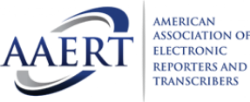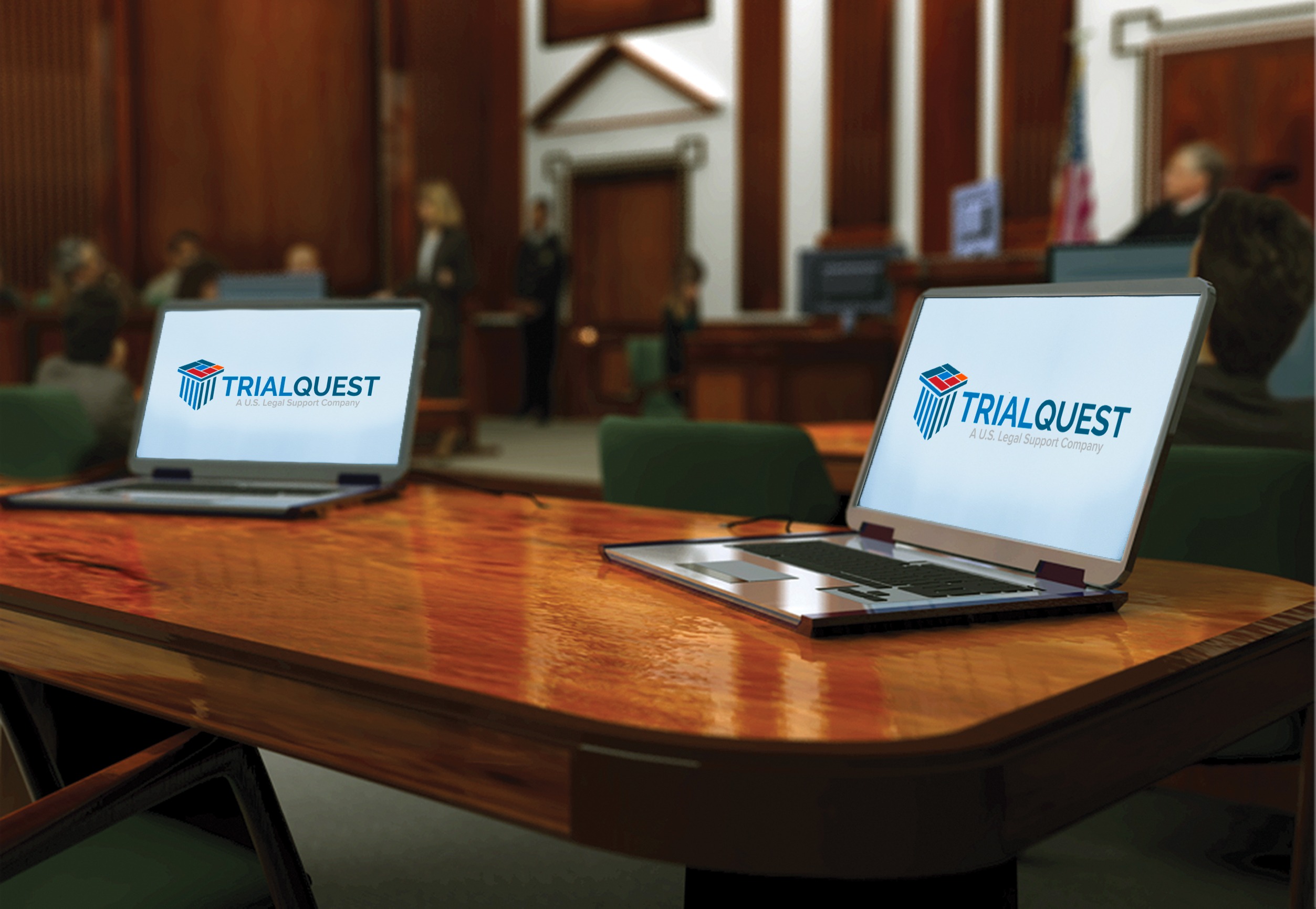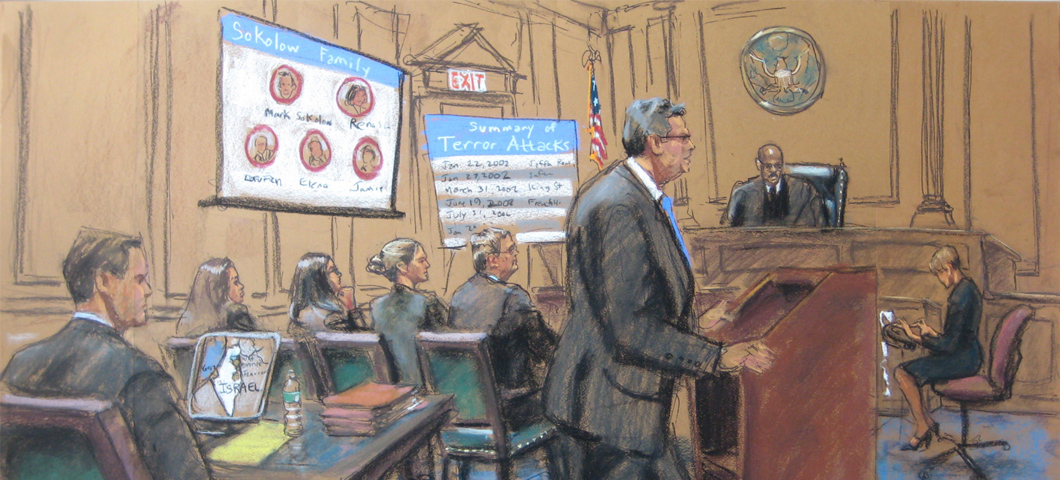How Trial Presentations Are Critical for Effective Cross-Examination in Court
Enhancing Your Legal Approach With Professional Trial Presentations
In today's lawful landscape, the importance of expert trial presentations can not be overstated. As lawyers navigate the intricacies of the courtroom, the capability to efficiently share detailed arguments is paramount. By transforming dense lawful concepts into appealing narratives, experts can enhance juror understanding and retention. Integrating multimedia devices and narration strategies can develop an engaging backdrop that not just informs however additionally resonates psychologically with jurors. Nevertheless, the question stays: what certain approaches can attorneys employ to boost their presentations and inevitably influence test results?
Importance of Test Presentations
Trial presentations work as a critical aspect in the legal procedure, effectively connecting the void between intricate lawful arguments and juror understanding. The capability to distill elaborate lawful principles into available stories is important for jurors, who must make informed choices based on the proof offered. A well-crafted presentation not just clears up the instance yet additionally improves the persuasiveness of the argument, ultimately influencing the court's understanding.
In a period where focus spans are restricted, the significance of involving visuals and clear interaction can not be overstated. Test presentations offer to catch jurors' interest and keep their focus, permitting a deeper understanding of the facts and legal problems at hand. They supply an organized structure that arranges the situation, promoting sensible circulation and coherence.

Secret Parts of Effective Presentations
A reliable discussion in a court setting joints on a number of key parts that collectively boost its effect. Attorneys need to boil down intricate legal debates into succinct, conveniently absorbable points to make certain jurors grasp the core concerns.
Visual help play a vital function as well, as they can substantially strengthen crucial messages. Efficient use of exhibits, charts, and layouts can clarify intricate details and highlight important realities. Furthermore, the speaker's delivery style is important; positive, appealing communication fosters credibility and maintains jurors' interest.
Lastly, comprehending the audience is extremely important. Tailoring the presentation to the jurors' backgrounds and worths can foster a connection that improves receptivity to the disagreement. In recap, quality, narrative structure, visual help, shipment design, and target market recognition are important to crafting an effective courtroom presentation that reverberates with jurors and supports the overarching lawful strategy.
Modern Technology in Trial Presentations
Modern court rooms increasingly incorporate modern technology to enhance test presentations, improving the foundational aspects of efficient interaction developed with clear messaging and interesting narratives. The unification of audio-visual help, such as high-definition projectors and interactive displays, allows legal groups to existing evidence in a more engaging manner. This innovation not only catches the court's interest however also facilitates a much better understanding of intricate details.

Digital tools, consisting of presentation software and electronic exhibition management systems, simplify the company and access of proof (trial presentations). Lawyers can promptly reference documents, images, and video clips, making certain that vital details is easily obtainable throughout the test. In addition, using animations and simulations can strongly highlight essential concepts, making them easier for jurors to comprehend
In addition, courtroom innovation promotes cooperation amongst lawyers, enabling real-time modifications to presentations based on jury responses or unforeseen growths. The ability to adapt on the fly is essential in preserving engagement and enhancing disagreements. As technology proceeds to evolve, its function in test presentations will click over here now certainly expand, offering innovative means to connect efficiently and persuasively in the pursuit of justice.
Narration Techniques for Effect
Reliable narration techniques are crucial in providing impactful trial discussions, as they change complicated legal disagreements right into relatable narratives. A well-crafted tale mesmerizes the target market, making it much easier for jurors to understand and remember bottom lines.
To develop a compelling narrative, attorneys need to concentrate on developing a clear framework with a start, center, and end. The start should introduce the case context and its significance, while the center elaborates on the core issues, weaving in evidence and witness statements that sustain the argument. Conclusively, the finishing must reinforce the designated message, driving home the preferred end result.
Furthermore, integrating psychological aspects can significantly improve the story's impact. By humanizing the case, attorneys can evoke compassion, enabling jurors to attach personally with the facts presented. Using vibrant imagery and stories can additionally help in showing complicated motifs, making them extra concrete and memorable.

Tips for Application in Court
Applying narration strategies in court requires careful planning and execution to make certain that the narrative reverberates with jurors. Begin by identifying the core message of your instance and straightening it with the psychological and factual elements that will engage the jury. Produce a click for more clear and compelling narrative arc that includes an intro, a growth of conflict, and a resolution.
Make use of aesthetic aids to boost narration; displays, timelines, and multimedia presentations can aid highlight complex ideas and keep juror rate of interest. Exercise your delivery, making sure that body language, tone, and pacing are regular with the emotional weight of click to read more your story.

Verdict
In verdict, specialist test presentations play an essential function in improving lawful approaches by effectively interacting intricate arguments to jurors. The combination of aesthetic aids, clear stories, and psychological narration fosters juror involvement and comprehension.